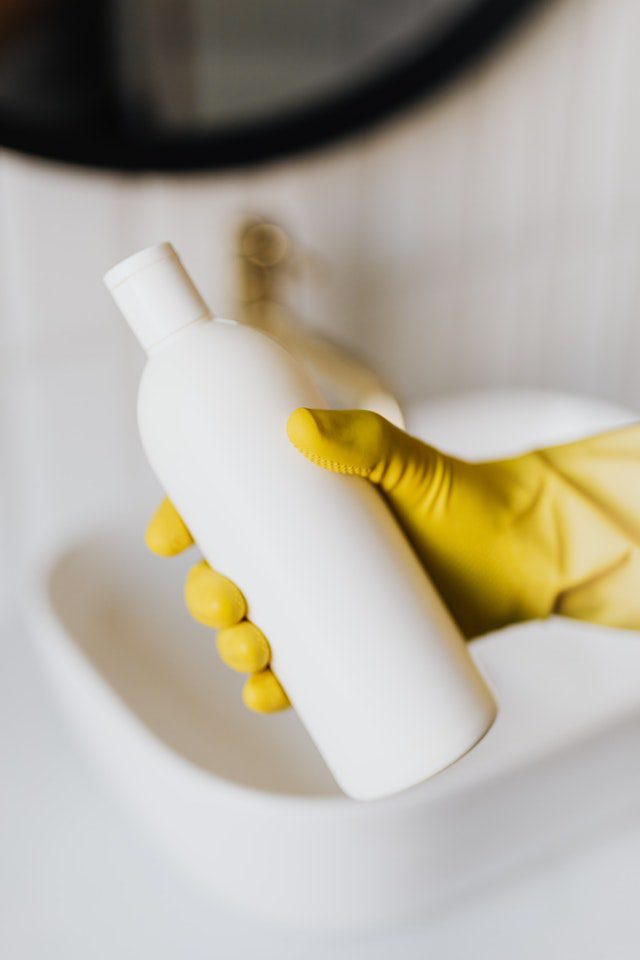Uses
Selenium sulfide, an anti-infective agent, relieves itching and flaking of the scalp and removes the dry, scaly particles that are commonly referred to as dandruff or seborrhea. It is also used to treat tinea versicolor, a fungal infection of the skin.
This medication is sometimes prescribed for other uses; ask your doctor or pharmacist for more information.
Side Effects Of Selenium Sulfide
Selenium sulfide may cause side effects. Tell your doctor if any of these symptoms are severe or do not go away:
- oiliness or dryness of hair and scalp
- hair loss
- hair discoloration
If you experience either of the following symptoms, call your doctor immediately:
- scalp irritation
- skin irritation
Warnings & Precautions
Before using selenium sulfide:
- tell your doctor and pharmacist if you are allergic to selenium sulfide or any other drugs.
- tell your doctor and pharmacist what prescription and nonprescription medications you are taking, including vitamins.
- tell your doctor if you are pregnant, plan to become pregnant, or are breast-feeding. If you become pregnant while using selenium sulfide, call your doctor.
Selenium Sulfide Dosage
Selenium sulfide comes in a lotion and is usually applied as a shampoo. As a shampoo, selenium sulfide usually is used twice a week for the first 2 weeks and then once a week for 2, 3, or 4 weeks, depending on your response. For skin infections, selenium sulfide usually is applied once a day for 7 days. Follow the directions on the package or on your prescription label carefully, and ask your doctor or pharmacist to explain any part you do not understand. Use selenium sulfide exactly as directed. Do not use more or less of it or use it more often than directed by your doctor.
Do not use this medication if your scalp or the skin area to be treated is cut or scratched.
Avoid getting selenium sulfide in your eyes. If the medication gets into your eyes accidentally, rinse them with clear water for several minutes.
Do not leave selenium sulfide on your hair, scalp, or skin for long periods (e.g., overnight) because it is irritating. Rinse off all of the lotion.
Do not use this medication on children younger than 2 years of age without a doctor’s permission.
To use the lotion as a shampoo, follow these steps:
- Remove all jewelry; selenium sulfide may damage it.
- Wash your hair with ordinary shampoo and rinse it well.
- Shake the lotion well.
- Massage 1 to 2 teaspoonsful (5 to 10 mL) of the lotion into your wet scalp.
- Leave the lotion on your scalp for 2 to 3 minutes.
- Rinse your scalp three or four times with clean water.
- Repeat Steps 4, 5, and 6.
- If you are using selenium sulfide before or after bleaching, tinting, or permanent waving your hair, rinse your hair with cool water for at least 5 minutes after applying selenium sulfide to prevent discolored hair.
- Wash your hands well and clean under your nails to remove any lotion.
- If your doctor tells you to use the lotion on your skin, apply a small amount of water with the lotion to the affected area and massage it to form a lather. Leave the lotion on your skin for 10 minutes; then rinse it thoroughly.
Other
Keep all appointments with your doctor. Selenium sulfide is for external use only. Do not let selenium sulfide get into your eyes, nose, or mouth, and do not swallow it. Do not apply dressings, bandages, cosmetics, lotions, or other skin medications to the area being treated unless your doctor tells you.
Do not let anyone else use your medication. Ask your pharmacist any questions you have about refilling your prescription.
Tell your doctor if your skin condition gets worse or does not go away.
It is important for you to keep a written list of all of the prescription and nonprescription (over-the-counter) medicines you are taking, as well as any products such as vitamins, minerals, or other dietary supplements. You should bring this list with you each time you visit a doctor or if you are admitted to a hospital. It is also important information to carry with you in case of emergencies.
Source
All information has been provided courtesy of MedLinePlus from the National Library of Medicine and from the FDA.



